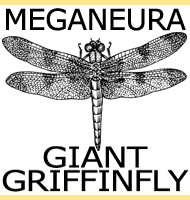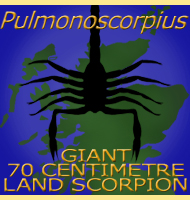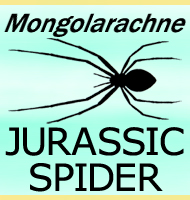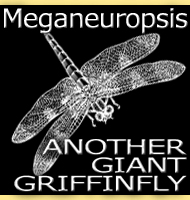


Proraphidia
Name:
Proraphidia
(before Raphidia).
Phonetic: Pro-rah-fid-e-ah.
Named By: O. M. Martynova - 1947.
Classification: Arthropoda, Insecta,
Raphidioptera, Mesoraphidiidae.
Species: P. turkestanica
(type), P. gomezi, P. hopkinsi.
Diet: Insectivore.
Size: Forewings up to 13 millimetres long.
Known locations: England - Lower Weald Clay
Formation. Kazakstan - Karabastau Formation. Spain.
Time period: Callovian of the Jurassic through to
Barremian of the Cretaceous.
Fossil representation: Several individuals.
Proraphidia is a genus of snakefly that lived during the Mesozoic. The first specimen discovered in Kazakstan was determined to come from a deposit Mid Jurassic in age, but later discoveries in England and Spain have revealed that the Proraphidia genus survived all the way to the Early Cretaceous. As a snakefly Proraphidia would have been a predator of other small insects.
Further reading
- Dve novykh verblyudki (Raphidioptera) iz Yurskikh slantsev
Kara-Tau. - Doklady Akademii Nauk SSSR 56(6):635-637. -
O. M. Martynova - 1947.
- Two new species of snakefly (Insecta: Raphidioptera) from the
Lower Cretaceous of England and Spain with a review of other fossil
raphidiopterans from the Jurassic/Cretaceous transition. -
Alavesia 2:193-201. - J. E. Jepson & E. A.
Jarzembowski - 2008.
----------------------------------------------------------------------------
Random favourites
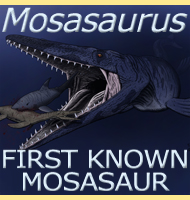 |
 |
 |
